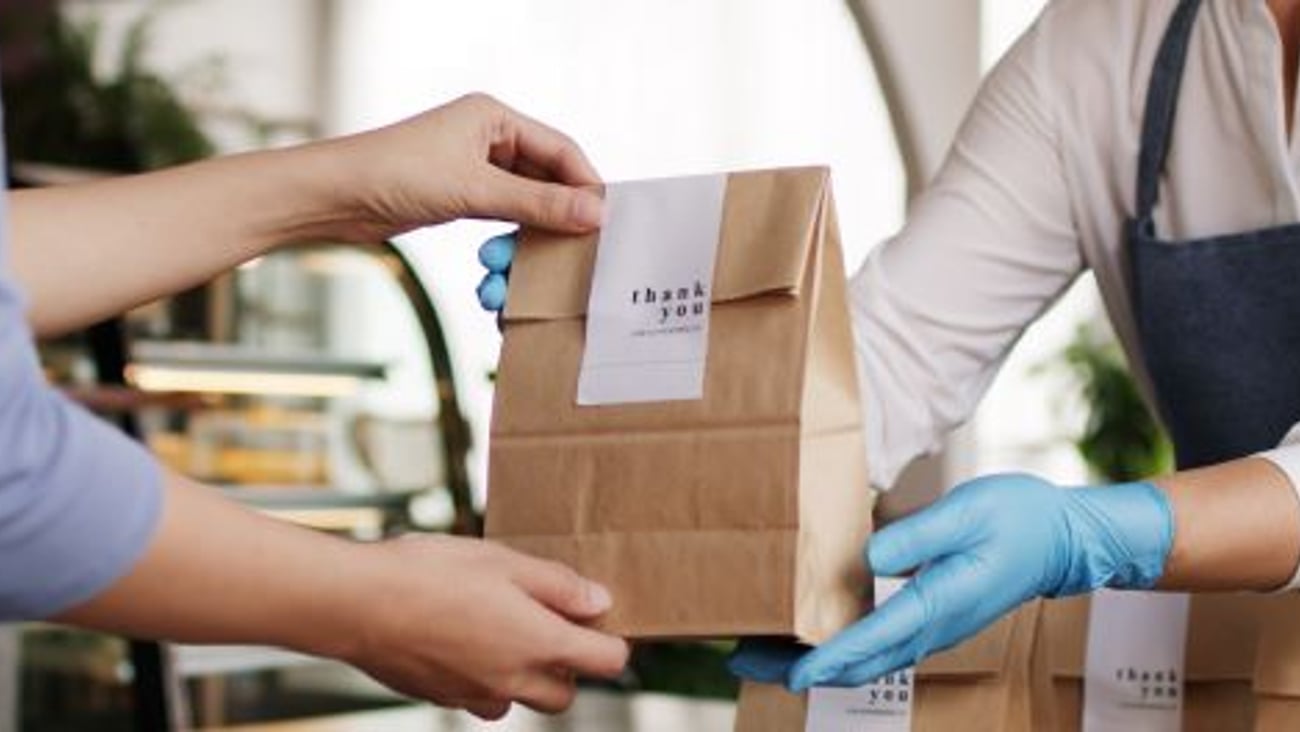Menu development
Convenience stores have an advantage over commercial restaurants when it comes to foodservice, and this is the building block for creating a popular and profitable menu.
Two major expenses for foodservice are the cost of the food (cost of sales) and labour. The convenience store advantage is in the labour cost—much of the labour required for foodservice can be accommodated by existing employees. Often the cashier can prepare and serve food, while performing checkout duties. Similarly, staff stocking the store can also prepare food and/or clean and stock a condiment stand, while performing their other duties.
Keep it simple
To maintain the labour advantage over commercial restaurants, food selection is important. Convenience store foodservice entrepreneurs should select items that are easy to prepare and hold at a food-safe temperature for a period of time without significantly affecting food quality. Essentially, menu items that are ready to serve or easy to heat and serve.
· Prepared sandwiches
· Pizza
· Chicken tenders or nuggets
· Potato wedges
· Hot dogs and sausages
· Baked goods
· Coffee, beverages and fountain beverages
Foodservice items should be self-serve, or easily served by the cashier. A simple convection oven allows for bake-off programs or bulk reheating for a heated display, while a small rapid cook oven that combines convection and microwave technology, strategically located near the cashier, may be all you need for quick heating single portions of quality food to order. A warm food display is also required.
Consider the competition
When designing the menu, evaluate foodservice options near your store. You may choose not to go head-to-head with a strong competitor (for instance, a chicken sandwich might not fly if your store is located proximate to a Chick-fil-A or Popeyes). However, if you have a pricing advantage, you may target those menu items and compete based on price/value.
Know your audience
Your core market should be top of mind when designing a menu. Depending on location, your convenience store may primarily serve the local market, travellers, commuters, schools, businesses etc.
Menus, combos and promotions can be tailored to the core market group or groups that you serve.
Calculate total cost per item
Some menu items will require condiments, such as ketchup, while hot beverages require milk, cream, potentially non-dairy creamer, sugar and other sweeteners. Don’t forget disposable cutlery, napkins and straws, as well as the cost of packaging. (Note, the condiment station should be proximate to the cashier so it can be easily maintained and stocked as required.)
Review and adjust
Menu items should be selected to minimize waste. Baked goods, pizza slices, etc. have a short shelf life. If a perishable item is not selling and generating waste, remove it from the menu. Operators become good at forecasting foodservice sales and preparing or ordering the correct amount of food.
And, speaking of removing items from the menu, convenience stores have another advantage over chain commercial restaurants: if a menu item is not successful, it can be pulled. Menus should be constantly reviewed and adjusted.
Pricing primer
Pricing menu items properly is a key to success. First, you must understand the total cost of each menu item. At most successful commercial restaurants, food and packaging typically account for between 30% and 35% of the price of a menu item, while another 30% may be attributed to labour cost.
These two ratios highlight the labour advantage and direct your competitive pricing strategy. With c-stores’ labour advantage, the required markup can be less, while maintaining a price advantage over competitors (even if commercial restaurants have a procurement advantage and pay less for food).
To set prices, conduct a pricing survey of similar menu items in the area near your store. Then set the price below the competition, where financially feasible, providing a value proposition to your customers. Make sure, however, the price is above your total cost and allow room for waste.
Food for thought
Foodservice provides a great opportunity for convenience stores to drive incremental revenues and profits. To be successful, select menu items that require little labour to prepare and configure the foodservice station appropriately. Constantly evaluate the menu, replacing the lowest-selling items, and set prices based on total cost of goods (including packaging and condiments) below what local competitors are charging for similar items.
By actively managing menu development and menu pricing, I am confident you will be able to add a successful foodservice operation to your convenience store.
This article originally appeared in the September/October issue of Convenience Store News Canada.





